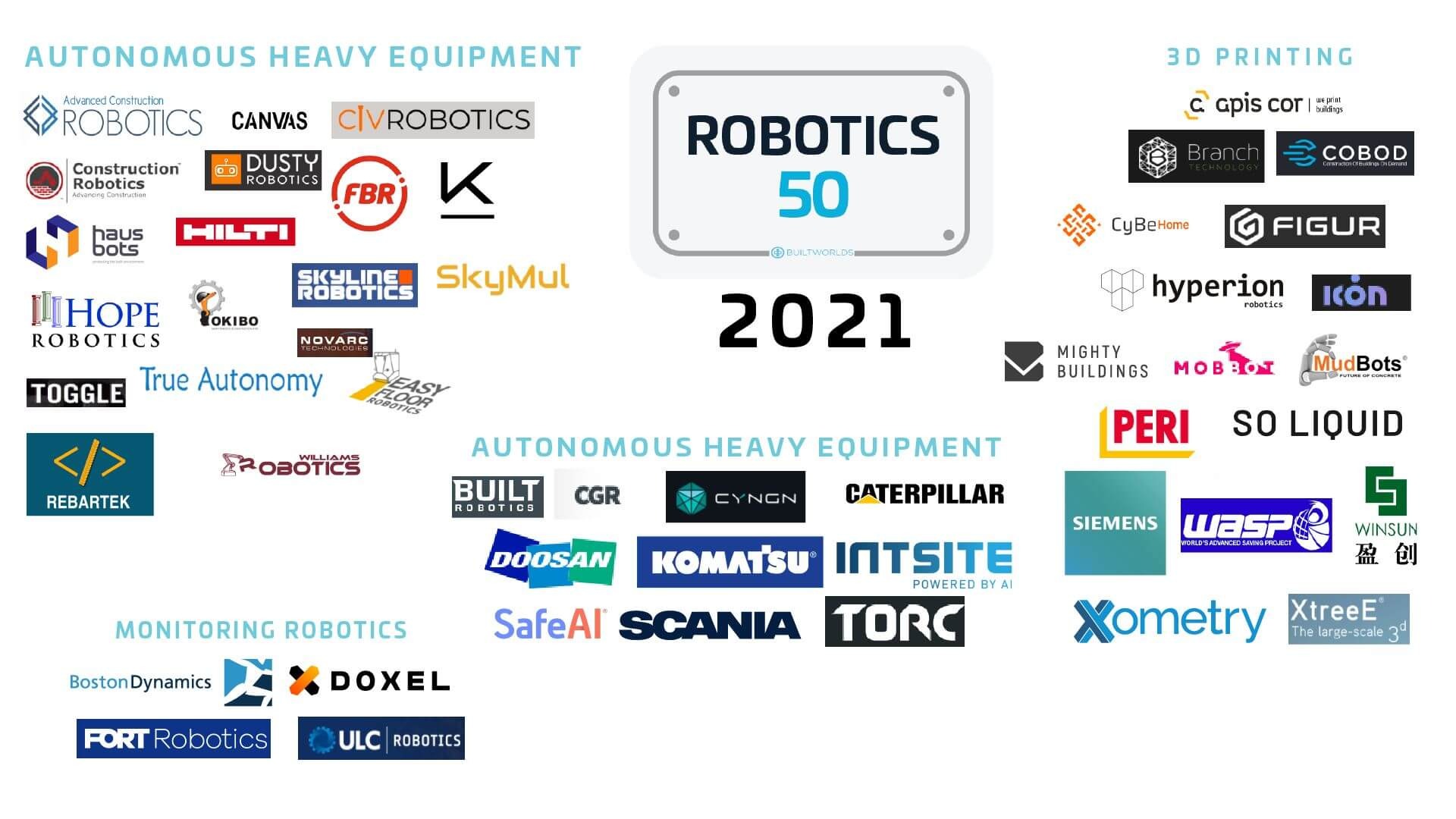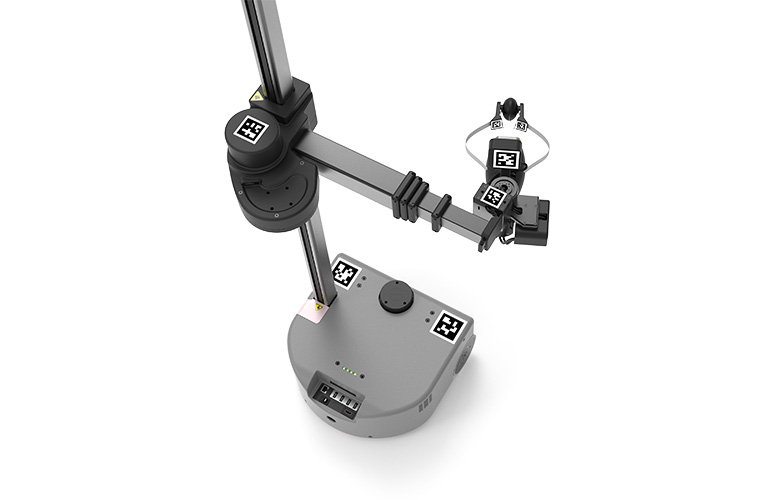The objective of scientists is to revolutionize patient treatment by minimizing pain and bias over the long term.
According to a recent press release, a team of researchers at Imperial College London has pioneered a method to authentically convey pain on the faces of robotic patients during medical training sessions. This breakthrough aims to provide aspiring physicians with a more realistic platform for practicing examinations on potential patients.
The developers emphasize that incorporating lifelike expressions of pain in robotic patients will significantly mitigate errors and biases during medical assessments.
The scientific community anticipates that the introduction of these robotic patients will sharpen trainees' ability to recognize and interpret facial expressions. Imperial College London underscores the significance of facial feedback during physical examinations of painful areas by doctors. However, existing medical simulators often lack the capability to portray real-time pain-related facial expressions. Additionally, they exhibit limited diversity in terms of ethnicity and gender representation among patients.
The integration of these new robotic patients into medical training curricula aims to identify and rectify early indications of bias among medical students. These models are meticulously designed to encompass a wide array of shapes and skin tones, mirroring the diversity observed among actual patients. The overarching objective is to instill empathy in future physicians and preempt the development of racial or gender biases.
By leveraging cutting-edge technology, medical educators can foster a more inclusive and empathetic healthcare workforce. The utilization of robotic patients equipped with diverse facial expressions not only enhances training accuracy but also cultivates a culture of sensitivity and understanding within the medical community.


















